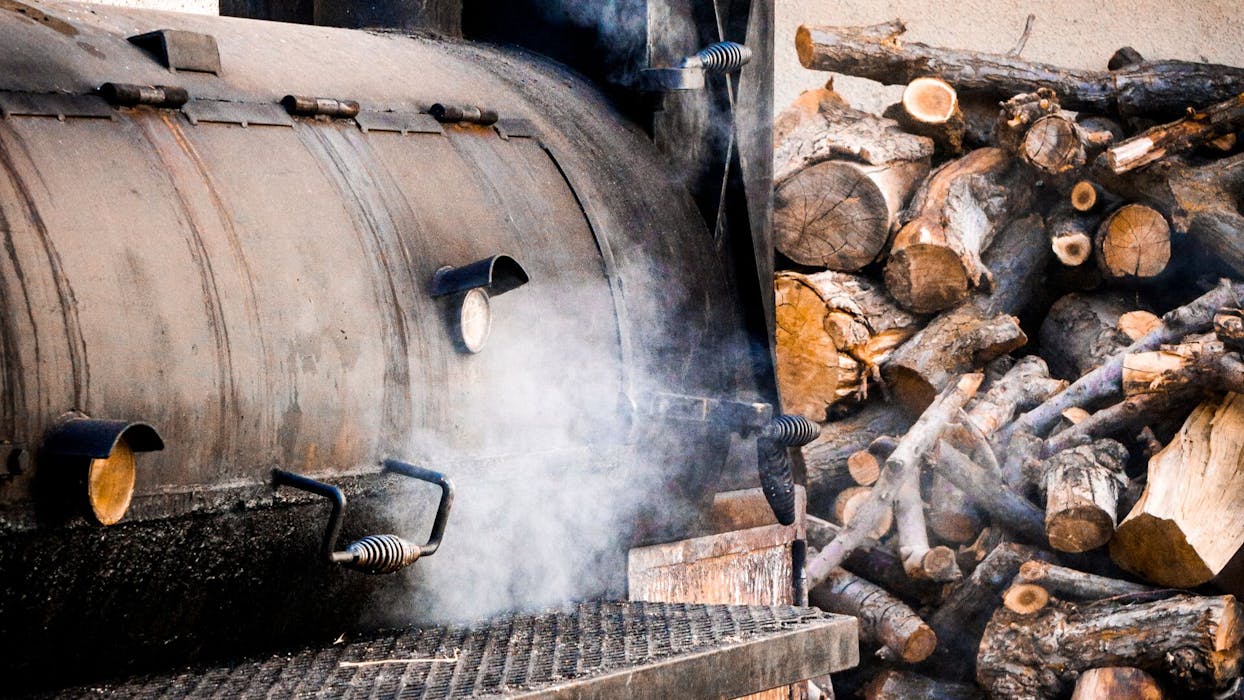 Back
Back
Smoker Cooking
It’s cool to smoke…meat! Slow cooking using a smoker is becoming increasingly popular. With the rise of BBQ-centric TV shows, Southern-inspired BBQ restaurants popping up all over the country, and forever-long lines at local Ribfests – the average backyard warrior is looking to bring that flavour home.

It’s cool to smoke…meat! Slow cooking using a smoker is becoming increasingly popular. With the rise of BBQ-centric TV shows, Southern-inspired BBQ restaurants popping up all over the country, and forever-long lines at local Ribfests – the average backyard warrior is looking to bring that flavour home.
The range of foods that can smoked is vast – from red meats to white meats, cheeses to vegetables, the opportunities really are endless. However, more “traditional” smoking is well-suited to low-and-slow cooking – using a low temperature (between 200-220°F). But how do you get started?
Choosing a smoker
There are all kinds of smokers available, ranging in price from around $100 to the tens of thousands. When choosing a smoker there are a few factors to consider – your price point, the fuel source, and temperature – both setting and maintaining.
There are electric smokers, pellet smokers, gas smokers, and charcoal smokers. Gas smokers tend to be on the cheaper side, but they yield great flavour, and are fairly straightforward to use. Electric smokers are also cost-effective and easy to use, although they can tend to lack on flavour compared to other options. Pellet smokers are quite reliable – at low temperatures, they impart a distinct smoke flavour, and tend to have more adept temperature control. Charcoal smokers are easily the most popular – but they require a bit of practice and fine-tuning to get the temperature control just right.
Whether you’re looking to keep it on the simpler side, or dive head-first into a new hobby, there’s a smoker out there for you. Some, like electric or pellet smokers, are easy to set the temperature and leave to do the work for you, where others, like charcoal, require more constant monitoring.
Choosing wood
There are many different types of wood to choose from when you’re looking to smoke meat. Wood is key – the variety of wood you select will inform the type of “smoky” flavour of your finished product. Some woods impart a milder flavour and are best used at higher temperatures, where others will provide a more intense smokiness.
Your milder woods are beech, apple, or cherry. These pair best with pork or chicken, where apple and cherry are both slightly sweeter, and beech imparts a subtle smoke flavour. Pecan and hickory are the more moderate woods, with hickory being arguably the most popular to smoke with. Pecan has a richer, fuller flavour, where hickory has that classic smoke flavour reminiscent of bacon. Mesquite is the most potent of the more typical wood options, and is best for smoking heftier cuts of beef, like brisket or a sirloin tip.
Choosing a cut of meat
Roasts, or other cuts that come from more exercised parts of the animal, are ideal for low-and-slow smoker cooking. Cooking at a low temperature, for a long time, will help soften the connective tissues in the meat, resulting in a tender, melt-in-your-mouth meal. The low heat will also help prevent the meat from drying out – so your cut will retain its juice. Options like beef brisket, pork shoulder, or ribs are great choices for slow cooking – and the smokiness will blend perfectly with the natural flavours of the meat.
Avoid leaner cuts like chicken breast or pork chops when reaching for the slow-cooking smoker – they’re much more likely to overcook and dry out when cooking over a longer period of time. White meats or leaner cuts are best cooked at a high temperature for a short amount of time – this can still be done with a smoker – just ensure you’re careful of the temperature and the airflow in your device.
Smoker cooking can be a little intimidating at first – but narrowing down your selections, and focusing on what you really want out of the experience, is key. Whether you want to crack a few cold ones and spend a day on the deck tending to your cooking, or you want your meal to cook itself, or you want a less smoky flavour on the end product, there’s an option out there for you. Get ready to knock the socks off your guest with your new (or seasoned) skills – build a box, choose some wood, and rewards your taste buds!
Article by:
Trish Carnahan
Posted on
January 17th, 2023







